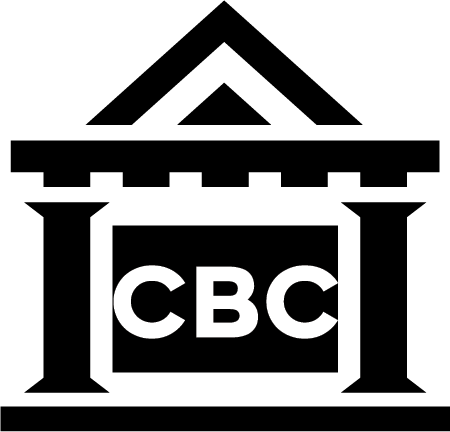The Crucial Role of a Finishing Schedule in Home Renovations and Extensions
Embarking on a renovation or house extension project is an exciting yet complex endeavour for homeowners. To ensure a smooth and successful outcome, meticulous planning and attention to detail are essential. One crucial aspect that often gets overlooked is the creation of a comprehensive finishing schedule. In this blog post, we will delve into the significance of a finishing schedule, highlighting its role in defining the finer details of the project's finishes and facilitating seamless execution.
what is a finishing schedule?
A finishing schedule encompasses the intricate elements that contribute to the final aesthetics and functionality of a renovated or extended home. It involves decisions regarding internal doors, ironmongery, and various other attributes that require careful consideration. By outlining specific requirements and product codes, the finishing schedule acts as a roadmap for the contractor or construction company, ensuring they fulfil their obligations and avoid potential errors on-site.
Streamlining Decision-Making:
One of the primary advantages of a finishing schedule is that it prompts homeowners to make important decisions early in the process. By clearly defining preferences for internal doors, ironmongery, and other finishes, homeowners can avoid delays and ensure timely procurement of the necessary materials. Moreover, this early decision-making process helps maintain focus and prevents last-minute changes that can disrupt the project timeline.
By engaging with the finishing schedule early on, homeowners can research and explore various options for internal doors, such as solid wood, glass-panel, or sliding doors. They can also consider different types of ironmongery, such as handles, locks, and hinges, ensuring they align with the overall aesthetic and functionality of the space. Making these decisions upfront enables homeowners to communicate their preferences to contractors and suppliers, streamlining the procurement process and minimising the risk of delays caused by indecisiveness.
Eliminating Errors and Compatibility Issues:
Detailed specifications within the finishing schedule provide crucial information to contractors, minimising the risk of errors or compatibility issues during the construction phase. By including specific product codes, homeowners can communicate their exact preferences, leaving no room for misinterpretation. This level of clarity reduces the chances of mistakes, rework, or the need for costly revisions later on.
When homeowners specify product codes in the finishing schedule, contractors and suppliers can easily identify the exact materials required. This helps eliminate confusion and ensures that the desired finishes, such as the specific type of internal doors and ironmongery, are accurately procured. By providing precise details, homeowners can avoid compatibility issues that may arise if the wrong materials are chosen or if products do not align with the existing architectural elements of the home.
Enhancing Communication and Collaboration:
A comprehensive finishing schedule acts as a valuable communication tool between homeowners, contractors, and suppliers. It ensures that all parties involved are aligned on the project's requirements, reducing ambiguity and promoting effective collaboration. With clearly defined details and product codes, suppliers can accurately fulfil procurement needs, eliminating confusion and potential delays.
The finishing schedule serves as a reference document for all stakeholders, providing a common understanding of the project's finishes. It facilitates effective communication between homeowners and contractors, allowing for smoother collaboration throughout the construction process. Contractors and suppliers can refer to the finishing schedule to procure the necessary materials, ensuring they align with the homeowner's vision and specifications. This clear line of communication helps prevent misunderstandings and minimises the risk of costly errors or delays.
Time and Cost Efficiency:
A well-prepared finishing schedule can significantly contribute to the overall time and cost efficiency of the renovation or extension project. By proactively addressing the finer details upfront, homeowners can avoid lengthy discussions and indecisiveness during the construction phase. This streamlined approach saves time, reduces unexpected expenses, and helps keep the project within budget.
When homeowners invest time in creating a comprehensive finishing schedule, They establish a clear roadmap for the project. This proactive approach allows them to research and make informed decisions about the desired finishes, such as the type of internal doors and ironmongery before the construction phase begins. By minimising the need for changes or revisions during the project, homeowners can save time and prevent costly disruptions. Furthermore, having a detailed finishing schedule helps homeowners stay within budget by accurately estimating costs and avoiding last-minute expensive alterations.
In the realm of home renovations and extensions, the importance of a finishing schedule cannot be overstated. By devoting adequate attention to the finer details early on, homeowners can ensure a smoother and more successful project outcome. The finishing schedule acts as a comprehensive guide, helping to eliminate errors, enhance communication, and promote time and cost efficiency. By incorporating a well-thought-out finishing schedule into their planning, homeowners can take a proactive approach towards achieving their dream home transformation.
